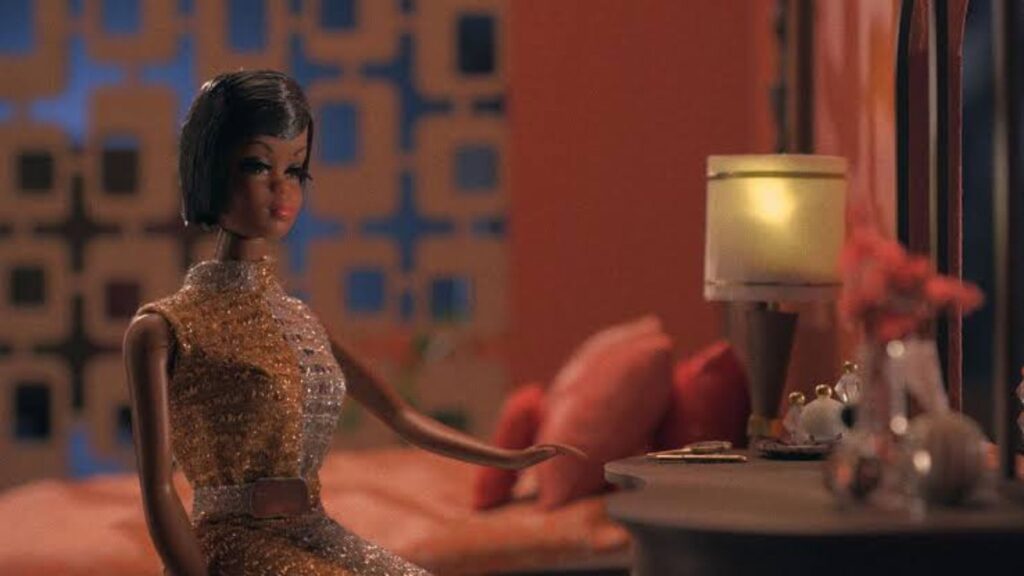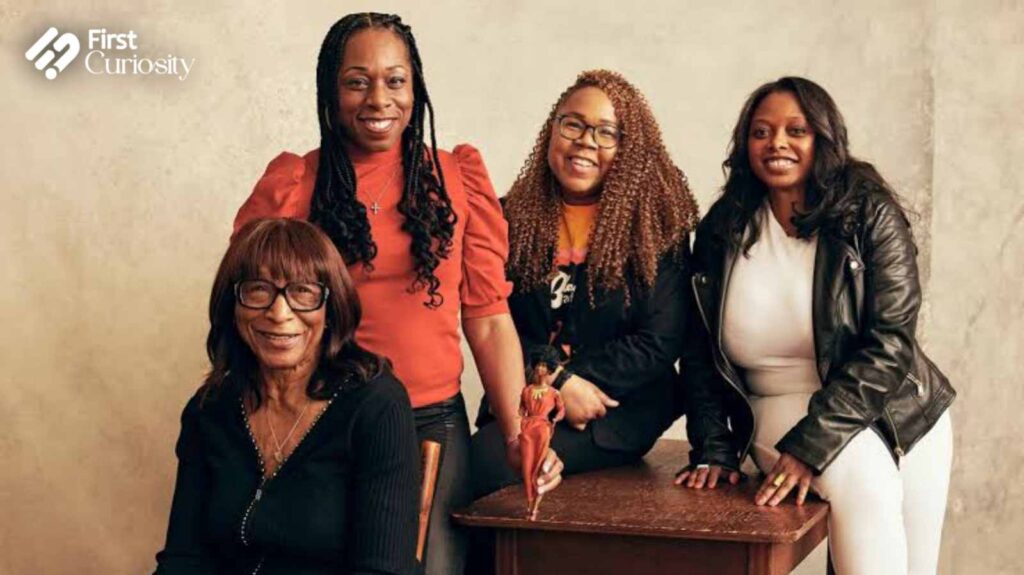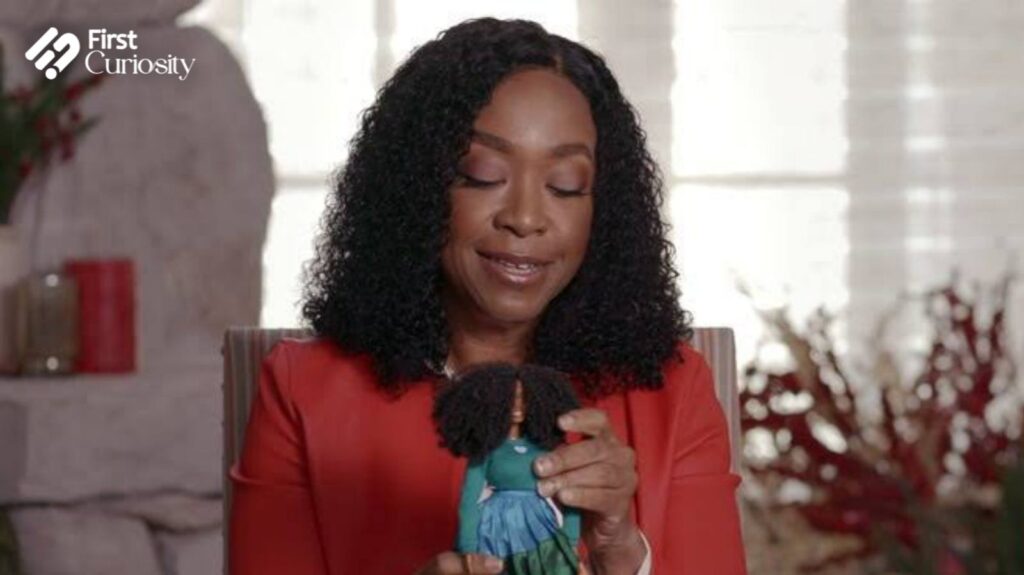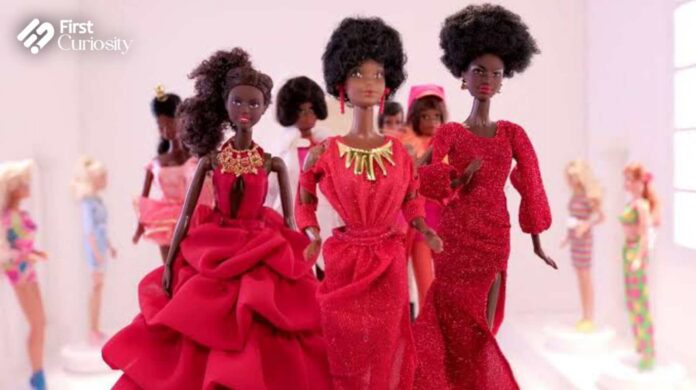After Greta Gerwig’s phenomenally successful movie ‘Barbie’, Netflix has come up with a documentary. ‘Black Barbie’ as the name suggests is the story behind Mattel’s first black Barbie. When it comes to barbies, Mattel has often faced criticism because of the lack of diversity in their dolls.
This Netflix documentary thus tells the story of the first ever black Barbie doll. It has already gained a lot of popularity with a 96% aggregate on Rotten Tomatoes. So let’s jump into the story of Mattel’s first black Barbie and why it took them so long to launch one?
Mattel’s First Black Barbie Was Released In 1980

It took the company 21 years to finally make their dolls inclusive. The first black Barbie was released in 1980 to break the societal stigmas related to race. USA at that time was grappling with racial segregation, influencing Mattel’s reluctance to diversify its product line.
The 1960s Civil Rights Movement was what put the wheels in motion for the need for representation. According to African American studies professor Dr. Patricia Turner, suggesting a Black Barbie was “a little act of revolution.” “In the 1960s and 1970s, Mattel prioritized profit and feared alienating its white customer base,” Dr Turner said. It took Mattel a considerable amount of time to finally acknowledge the demands for a more diversified line of products.
In Case You Missed: Why Greta Gerwig’s Blockbuster ‘Barbie’ Is An Example Of Rampant ‘White Feminism’
The Women Who Played A Crucial Role In Releasing Black Barbie

Although Mattel finally overcame the stigmas and identified the need for more diversification of their products, another challenge was the lack of black employees and designers. Beulah Mae Mitchell was one of the first black employees of Mattel. And it was her who encouraged Mattel founder Ruth Handler to create a Black Barbie in the early 1960s.
Next comes Kitty Black Perkins, Mattel’s first Black designer. Perkins crafted a Barbie that celebrated Black beauty and culture. The doll featured full lips, a wide nose, bold colors, and a short afro. “When I designed this doll,” Perkins explained in ‘Black Barbie’, “there was a need for the little Black girl to have something she could play with that looked like her.” She offered a shift from Mattel’s Barbie standards to a more diversified representation of the black culture.
Later this legacy was carried forward by Stacey McBride Irby. Shw created the 2009 ‘So In Style’ line of Black dolls. Irby’s designs emphasized on dolls with diverse skin tones, hairstyles, and fashion choices that reflected contemporary Black culture. Her work broadened the horizon and increased the concept of diversification for Mattel.
How The Director Of ‘Black Barbie’ Is Connected To The First Black Barbie?

The Netflix documentary is directed by Lagueria Davis. And it is interesting to note that she is connected to the forst black Barbie doll through her aunt. Her aunt is none other than Beulah Mae Mitchell. “Black Barbie is validation for my aunt and Kitty and Stacy, being seen and heard at a company where they were oftentimes silenced,” Davis said to CNN.
For Lagueria Davis, her familial connection helped her understand the doll’s significance in a cultural revolution. The documentary thus has being shaped by Mitchell’s personal stories and interactions with Mattel’s founders.
You Might Also Like To Read:





